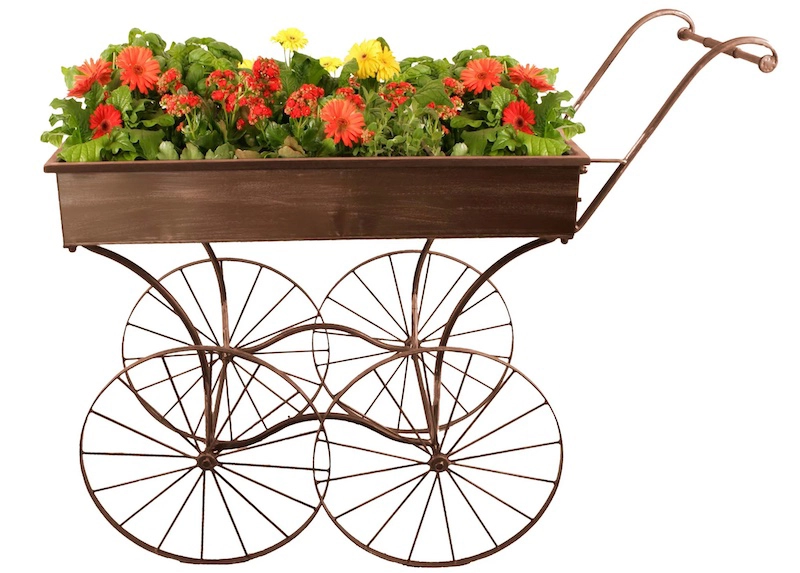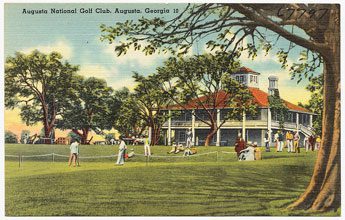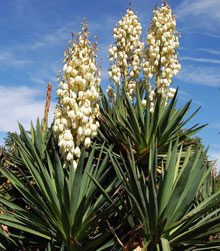When did the word ‘gardener’ stop meaning a hired yard hand and become a respected title for someone who tends his/her own garden? I really don’t know, but I suspect that it happened when the average work day stopped being 12 hours, and the weekend became two days. During the industrial revolution and before, ‘leisure time,’ as such, didn’t exist.
I don’t like to think of gardening as a hobby, although it fits the definition of “something done during leisure time for pleasure.” Hobby seems too frivolous a definition for something which is so enriching and fulfilling for us and for so many creatures.
I decided to do some research about gardening and was surprised at the statistics I turned up. I guess there are polls about everything (those darn robo-calls!).
While the number of older gardeners (those 45 and older) is holding at about 45% of the 77% of American householders who garden, the younger ones are gaining fast. Although the many surveys done recently define their classifications differently, it’s clear that the youngsters are becoming more involved.
As I have mentioned in previous columns, gardens are not natural occurrences. They are man-made: usually containing varieties of plants not normally found together in nature. Some even contain statues of little gnomes. Just sayin’.
Today’s gardeners face many more challenges than did our predecessors. They just cleared the land and planted. Today, we worry about fertilizer and chemical run-off polluting our waterways, pesticides killing our pollinators, and wasting nature’s most precious resource, water. We worry about climate change and monocultures. Gardens constantly modify the ecology they occupy. They tend to modify the gardener, too. I sit on my hands at meetings to hide my fingernails, and I can never wear sleeveless dresses to parties.
We’ve heard of the “Well-Tempered Clavier” (thank you, Mr. Bach) and I think we should aim for the ‘Well-Tempered Garden’; tempered, in this case, meaning a process or activity properly regulated, controlled or moderated.
Gardening begins with the gardener. The gardener chooses every element in the garden. Ideally, we should aim for a completely organic garden, but practically, this represents a lot of work and expense for the average gardener. This is where the well- tempered garden comes in. This means we shouldn’t head for the box stores for a chemical solution to every challenge. Chemicals shouldn’t be the first choice, but a well-balanced and responsible use of the fertilizers and chemicals available is acceptable for the modern gardener.
Down here in the Lowcountry, we don’t have soil. We have plain old dirt. Mostly sand. We didn’t have the millennia of decomposing forest and prairie detritus which enriched the fertile soil of other areas. Here, soil enrichment is down to the gardener and it’s an ongoing chore.
It mystifies me that in the fall, I see bags and bags of leaves left curbside to be hauled away. I have been known to pull over and confiscate a couple of bags for myself. These bags of leaves are like money in the bank. If they are in plastic bags, you need do no more than add a handful of fertilizer and a few swishes of the water hose, and seal tightly to put out of sight for a few months. This is known as aerobic composting; that is, oxygen-free composting. No need to turn the pile or add water or pay attention to the ratio of browns and green. All you need to add is time.
Sure, you can buy all kinds of composters (usually made of plastic, which seems to me a kind of ecological oxymoron), but they aren’t really necessary. If you’re of a mind, you can build simple containers of chicken wire, or wire fencing, but even that isn’t necessary. Just an out of the way place, ideally near a water source, can be a compost pile.
There are all kinds of formulas for what a compost pile should consist of, but it’s easier to state what it shouldn’t have: kitchen scraps that contain bones, meat, oil or dairy, or animal feces. Just about any other organic matter is fine – grass clippings, leaves, human and animal hair, wood ashes, worn out mulch, etc.
If you have a garden bed which has been so overcome with weeds you can barely see the plants that you put there, sometimes the only effective solution is to dig up the plants you want to save and put them temporarily in pots or a “nursery” bed and solarize the soil for several weeks (cover the entire area with at least 3 mil sheets of plastic and fasten it down). This works best if you’re in direct sunlight so that the temperature under the plastic gets hot enough to destroy the weed seed embryos.
For shady areas, just cover the entire area with overlapping cardboard or at least 6 layers of newspaper and wet down thoroughly. Their purpose is to block light which will kill all existing vegetation and prevent seed germination. Cover with 3 or 4 inches of topsoil mixed with compost, and after a couple of weeks or so, re-place your plants. You should be able to dig through the wet cardboard or newspaper easily
It’s your garden. Like virtue, being a responsible gardener is its own reward.








